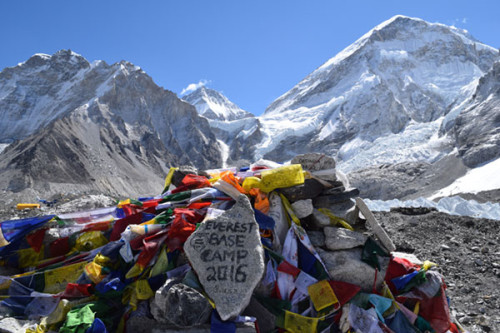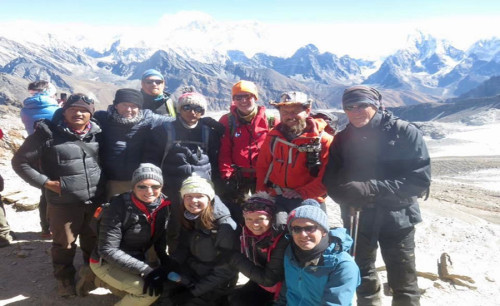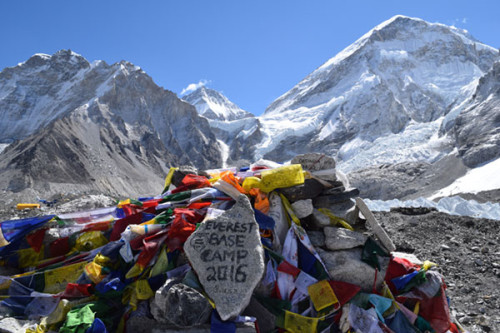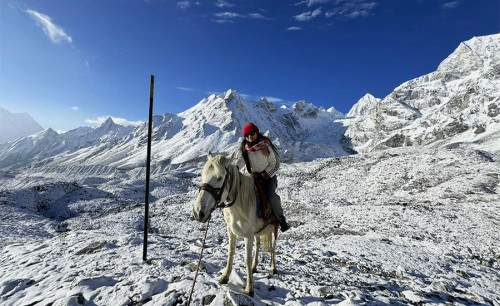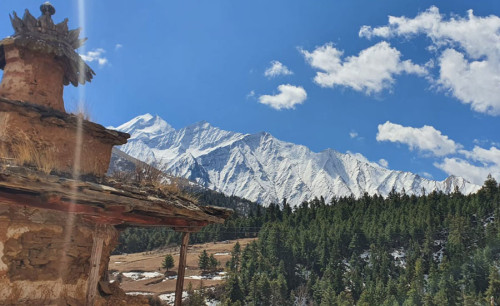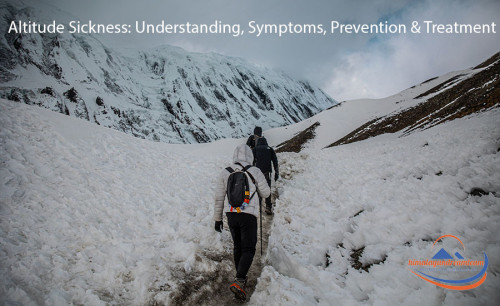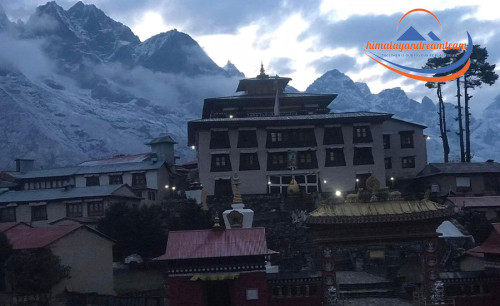The Future of Trekking in the Nepal Himalayas: An Analysis
Published On : 19th May, 2024 By Himalayan Dream Team

Introduction
The Nepal Himalayas, with their majestic peaks and diverse landscapes, have long been a premier destination for trekkers from around the world. As the demand for adventure tourism continues to grow, the future of trekking in Nepal's Himalayas is poised for significant changes. This analysis explores the future of trekking in this iconic region, focusing on emerging trends, environmental and cultural considerations, economic impacts, and potential challenges and opportunities.
Emerging Trends in Trekking
Several trends are shaping the future of trekking in the Nepal Himalayas:
Increased Popularity of Lesser-Known Trails
As classic routes like the Everest Base Camp and Annapurna Circuit become increasingly crowded, trekkers are seeking out lesser-known trails. Routes such as the Manaslu Circuit, Kanchenjunga Base Camp, and the Dolpo region are gaining popularity, offering more secluded and unique experiences.
Eco-Friendly and Sustainable Trekking
There is a growing emphasis on sustainability in trekking. Eco-friendly practices, such as minimizing waste, using renewable energy sources, and supporting local conservation efforts, are becoming more prevalent. Trekking companies and tourists alike are prioritizing low-impact travel to preserve the pristine environments of the Himalayas.
Technological Integration
Advances in technology are enhancing the trekking experience. From GPS navigation and weather forecasting apps to high-tech gear and equipment, technology is making trekking safer and more accessible. Additionally, digital platforms are providing trekkers with information on routes, accommodations, and real-time updates.
Cultural Immersion and Authentic Experiences
Trekkers are increasingly seeking authentic cultural experiences. Homestays, cultural tours, and interactions with local communities are becoming integral parts of the trekking journey. This trend highlights the importance of preserving and promoting the rich cultural heritage of the Himalayan region.
Environmental and Cultural Considerations
The future of trekking in Nepal must address several environmental and cultural considerations to ensure sustainability:
Environmental Impact
The influx of trekkers can put significant strain on fragile ecosystems. Issues such as waste management, deforestation, and water pollution need to be addressed. Implementing strict environmental guidelines and promoting eco-friendly trekking practices are essential to mitigate these impacts.
Climate Change
The effects of climate change are increasingly evident in the Himalayas, with glaciers retreating and weather patterns becoming more unpredictable. Adapting to these changes requires proactive measures, such as developing climate-resilient infrastructure and promoting awareness among trekkers about the impacts of their activities.
Cultural Preservation
The rich cultural heritage of the Himalayan communities is a significant attraction for trekkers. Efforts must be made to preserve and promote local traditions, languages, and customs. This includes supporting local artisans, organizing cultural festivals, and incorporating cultural education into trekking itineraries.
Economic Impacts
Trekking is a major economic driver in Nepal, providing livelihoods for thousands of people. The future economic landscape of trekking involves several key aspects:
Job Creation and Local Economies
Trekking supports a wide range of jobs, from guides and porters to hotel owners and artisans. By promoting trekking in lesser-known areas, economic benefits can be distributed more evenly across the region. Investing in training and certification programs for trekking professionals can enhance service quality and create more opportunities.
Revenue Generation
The revenue generated from trekking permits, park fees, and related services is crucial for local and national economies. Ensuring that a fair share of this revenue is reinvested into community development and conservation projects is vital for sustainable growth.
Community-Based Tourism
Encouraging community-based tourism can enhance the economic benefits of trekking. This approach involves local communities in the planning and management of tourism activities, ensuring that they receive a fair share of the profits and have a say in the development process.
Challenges and Opportunities
The future of trekking in the Nepal Himalayas faces several challenges, but also presents numerous opportunities:
Infrastructure Development
Improving infrastructure, such as trails, bridges, and accommodations, is essential to accommodate the growing number of trekkers. This development must be done sustainably, with a focus on minimizing environmental impact.
Health and Safety
Ensuring the health and safety of trekkers is paramount. This includes providing adequate medical facilities, emergency services, and safety training for guides and porters. Addressing issues such as altitude sickness and access to clean drinking water is also critical.
Marketing and Promotion
Effective marketing and promotion strategies are needed to attract trekkers to lesser-known areas and during off-peak seasons. Utilizing digital platforms, social media, and partnerships with international travel agencies can help reach a broader audience.
Policy and Regulation
Developing and enforcing policies and regulations that promote sustainable trekking practices is crucial. This includes setting limits on the number of trekkers in certain areas, implementing strict waste management protocols, and ensuring that trekking companies adhere to ethical standards.
Conclusion
The future of trekking in the Nepal Himalayas is filled with potential and promise. By embracing emerging trends, addressing environmental and cultural considerations, and focusing on sustainable economic growth, the trekking industry can continue to thrive.
Efforts must be made to balance the demands of tourism with the need to preserve the natural and cultural heritage of the region. Through collaboration between government agencies, local communities, trekking companies, and trekkers themselves, a sustainable and prosperous future for trekking in the Nepal Himalayas can be achieved.
This analysis highlights the importance of proactive planning and responsible practices in shaping the future of trekking. By prioritizing sustainability, cultural preservation, and economic inclusivity, the Nepal Himalayas will remain a beloved destination for adventurers and nature enthusiasts for generations to come.
Recent From Blog

10th Apr, 2024

30th Apr, 2024

16th Apr, 2024

23rd Apr, 2024

23rd Apr, 2024

25th Apr, 2024

26th Apr, 2024

26th Apr, 2024

27th Apr, 2024

27th Apr, 2024

29th Apr, 2024

29th Apr, 2024

29th Apr, 2024

2nd May, 2024

2nd May, 2024

6th May, 2024

6th May, 2024

12th May, 2024

12th May, 2024

12th May, 2024

13th May, 2024

12th May, 2024

13th May, 2024

13th May, 2024

12th May, 2024

13th May, 2024

12th May, 2024

12th May, 2024

12th May, 2024

12th May, 2024

12th May, 2024

12th May, 2024

12th May, 2024

13th May, 2024

13th May, 2024

14th May, 2024

14th May, 2024

14th May, 2024

14th May, 2024

15th May, 2024

14th May, 2024

14th May, 2024

16th May, 2024

19th May, 2024

19th May, 2024

20th May, 2024

24th May, 2024

28th May, 2024

28th May, 2024

29th May, 2024

29th May, 2024
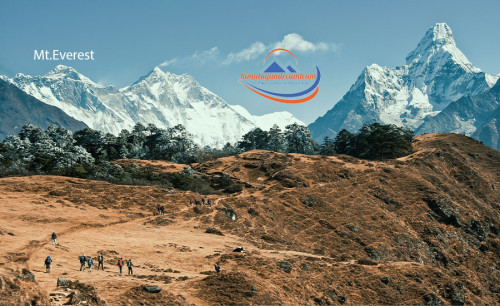
29th May, 2024

29th May, 2024

29th May, 2024


